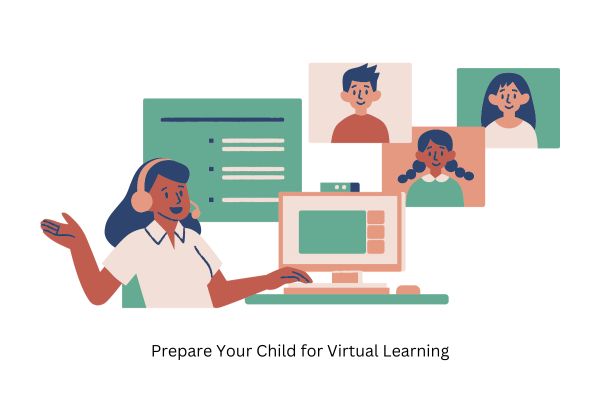As parents, we want our children to stay happy and healthy. Yet, it’s normal for kids to catch illnesses while growing up. Their immune systems are still developing, which makes them more vulnerable. Understanding common childhood illnesses helps parents stay calm, prepared, and confident.
Below are the most frequent illnesses in children, along with their symptoms and tips to manage them effectively.

#1. Common Cold
The common cold tops the list. Viruses cause it and spread easily, especially in schools or daycares. Symptoms include a runny nose, cough, sore throat, and mild fever.
Most colds resolve on their own within a week. Encourage rest, offer plenty of fluids, and use a humidifier if needed. Avoid giving over-the-counter cold medicine to kids under six unless your doctor says it’s safe.
#2. Ear Infections
Ear infections often follow a cold. They happen when fluid builds up behind the eardrum, allowing bacteria to grow.
Children might tug at their ears, cry more than usual, or struggle to sleep. Some develop a fever. If symptoms persist for more than a day or worsen, consult your pediatrician. Antibiotics may be needed in some cases.
#3. Hand, Foot, and Mouth Disease (HFMD)
HFMD usually affects children under five. It spreads through contact with saliva, stool, or fluid from blisters.
The illness causes fever, mouth sores, and a rash on the hands and feet. Although uncomfortable, it usually clears up in seven to ten days. Keep your child hydrated and offer soft, soothing foods. Avoid acidic juices that can sting the mouth sores.
#4. Stomach Flu (Gastroenteritis)
Stomach flu isn’t actually the flu—it’s usually caused by viruses like norovirus or rotavirus. It spreads quickly through contact with contaminated food or surfaces.
Symptoms include vomiting, diarrhea, stomach cramps, and sometimes fever. Keep your child hydrated with water or an oral rehydration solution. Call your doctor if signs of dehydration appear, such as dry lips, less urination, or extreme tiredness.
#5. Pink Eye (Conjunctivitis)
Pink eye causes redness, itching, and discharge from the eyes. It may stem from a virus, bacteria, or allergens.
Viral conjunctivitis often clears on its own, but bacterial cases might require antibiotic drops. Please remind your child not to rub their eyes and to wash their hands frequently. Keep them home until the infection improves.
#6. Chickenpox
Before the vaccine became common, chickenpox was a rite of passage. It’s now less common but still occurs.
Symptoms start with a fever and fatigue, followed by an itchy rash of fluid-filled blisters. Chickenpox is very contagious. Keep your child at home until all blisters scab over. Calamine lotion and oatmeal baths can relieve the itch.
#7. Croup
Croup is a viral infection that causes swelling in the upper airways. It mainly affects children under five.
The hallmark symptom is a “barking” cough, often worse at night. Your child might also struggle to breathe or sound hoarse.
A cool-mist humidifier can help, and stepping into cool night air may ease symptoms. If breathing becomes difficult, seek emergency care.
#8. Respiratory Syncytial Virus (RSV)
RSV spreads easily and can cause severe illness in infants and young children. It usually begins like a cold but may lead to wheezing or difficulty breathing.
Watch for signs of respiratory distress, such as rapid breathing or chest retractions. While most cases are mild, some require hospitalization.
If your baby is under six months old or has trouble feeding, call your doctor right away.
#9. Strep Throat
Strep throat is a bacterial infection that causes a sore throat, fever, and sometimes a rash.
Unlike viral sore throats, strep needs antibiotics to prevent complications.
A quick test at the doctor’s office can confirm it. Kids usually feel better after a day or two of treatment but should stay home until 24 hours after starting antibiotics.
Related: The Prized Activity for New Parents
Final Words
Childhood illnesses are a regular part of growing up. They help build your child’s immune system, even though the symptoms can be tough to handle. Remember, you’re not alone in this- every parent goes through this stage.
By recognizing signs early and knowing when to call the doctor, you can proactively care for your child with confidence.
Encourage frequent handwashing, up-to-date vaccinations, and healthy habits to reduce illness. Remember, when sickness happens, you’re not alone—every parent goes through this stage. Your role in reducing illness is crucial and empowering.





